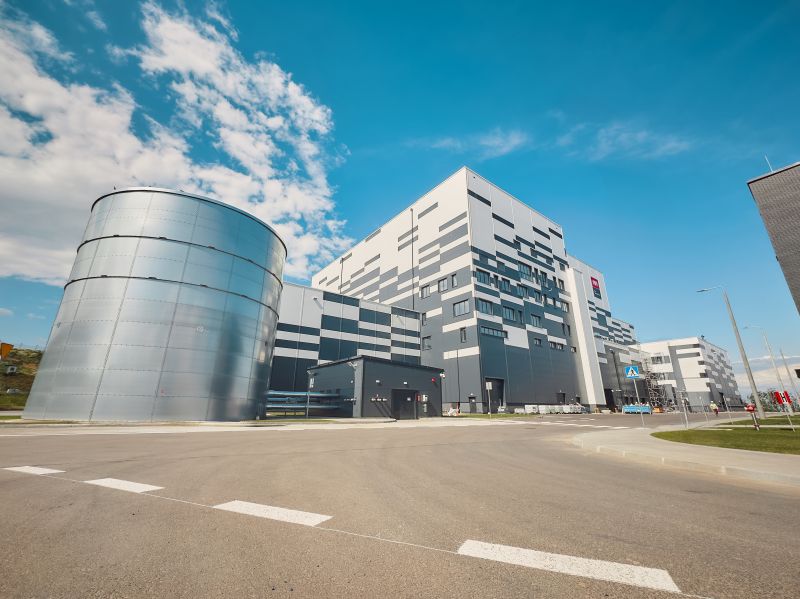Critical Raw Materials Act: the EU institutions close the negotiations and confirm ambitious recycling targets.

Brussels, 14 November 2023 – With the last trilogue that took place yesterday, the European Parliament and the Council have enshrined the end of the negotiation and the beginning of the formal adoption of the Critical Raw Materials Act (CRMA).
ESWET is happy to see that both the Council and the European Parliament made the Commission’s proposals on recycling targets even more ambitious. These targets are necessary to combine the European Union’s sustainability and the security of supply objectives; nevertheless, they are only for benchmarking, meaning that more enforcement is needed to ensure that they turn into concrete actions at the national level.
“It’s extremely necessary that those recycling targets are translated into national commitments. The EU must draw a concrete plan that includes investment incentives as well as recommendations for Member States to boost the Union’s internal capacity and accelerate the achievement of climate and industry goals” said Antonella Del Figliolo, Policy Officer at ESWET.
The EU Institutions also reaffirmed the necessity to progressively take into account waste to determine recycling objectives. Turning waste into resources, as pointed out by the Council Representative, Mrs Teresa Ribera Rodríguez, will be one of the foundations of Europe’s strategic autonomy.
“By confirming the importance of recovery materials from waste, the Institutions highlighted all the ways in which recovery from incineration residues (bottom and fly ashes) can contribute to the circular economy. Recovery of secondary raw materials from Waste-to-Energy plants contributes, in fact, to saving GHG emissions and reducing the reliance on third countries and therefore it perfectly fits with the EU objective of establishing a carbon-neutral and fully circular economy by 2050”, reaffirmed Ms Del Figliolo.
The final text includes some improvements with respect to the list of strategic and critical raw materials as well. ESWET welcomes the inclusion of copper in the list of strategic raw materials, as already foreseen in the Commission’s proposal.
“Copper is one of those elements that are abundant in incineration bottom ash. It’s estimated that we can recycle from incineration bottom ash (IBA) approximately 90% of copper, which can be then recovered and reused to make more sustainable products,” said Patrick Clerens, Secretary-General of ESWET.
Last but not least, ESWET is very pleased with the inclusion of aluminium in the list of strategic raw materials. As stated in the ESWET report Recovering the non-recyclable – From Waste-to-Energy to Integrated Resource-Recovery Facility, from the 2 to 5wt% of non-ferrous metals, around 2/3 is aluminium (Al). The full volume of IBA potentially available for recovery with advanced technologies such as dry discharge systems in Europe is up to 0.7 million tons of aluminium (which would represent up to 11% of all European imports). These numbers show what a positive impact IBA can have on the Union’s efforts to strengthen the European internal capacity and reduce the imports of such an important material.
ESWET looks forward to seeing this political agreement become EU law.
CONTACTS
Valentina Ferrara
ESWET Communications Officer
v.ferrara@eswet.eu


